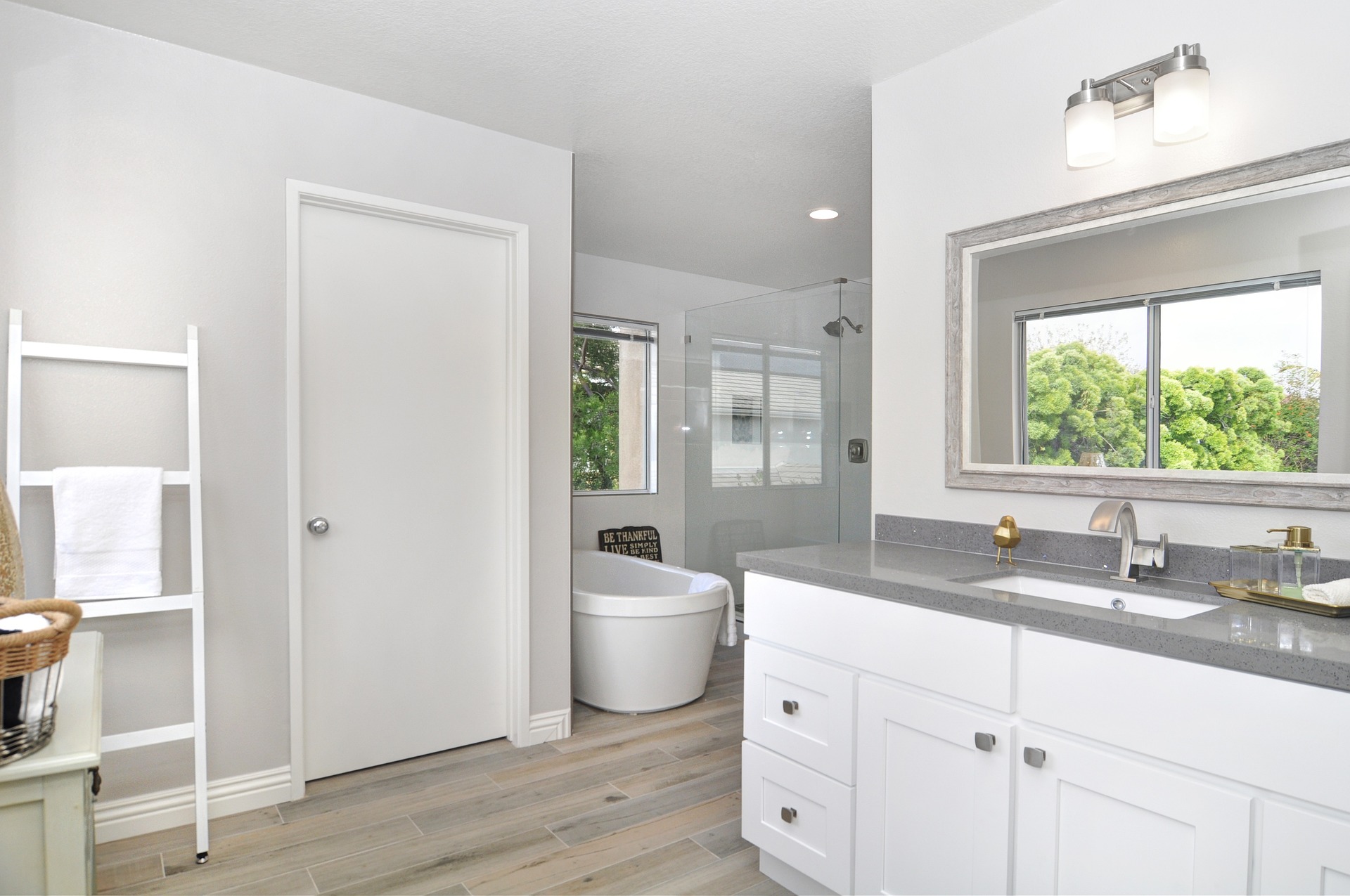Intergenerational Cohabitation: A Modern Renaissance
The dynamics of family living arrangements are experiencing a marked transformation. Intergenerational cohabitation, where multiple generations live under one roof, is resurging with renewed significance. This shift reflects broader societal changes, from economic pressures to evolving cultural values. Read below to discover how this trend reshapes family life and its potential implications for our collective future.

Historical Context of Intergenerational Living
Intergenerational living is not a novel concept. Historically, families often lived together in multigenerational households out of necessity. In agrarian societies, family units working together maximized labor efficiency and resource sharing. However, with the rise of industrialization and urbanization in the 20th century, the nuclear family became more common. Economic prosperity allowed for more individualistic living arrangements, leading to a decline in multigenerational homes. Yet, as societal and economic landscapes shift, this traditional family structure is reemerging.
Economic Factors Driving the Trend
Economic challenges are a significant factor driving the resurgence of intergenerational living. The rising cost of housing, stagnant wages, and increased debt burdens, such as student loans, make it difficult for younger generations to afford independent living. Simultaneously, an aging population faces its own financial pressures, including healthcare costs and insufficient retirement savings. By sharing a household, families can pool resources, reduce expenses, and provide mutual support, offering a buffer against economic instability.
Cultural Shifts and Changing Values
Beyond economics, cultural values are also evolving to embrace intergenerational cohabitation. In many cultures, living with extended family is a longstanding tradition, emphasizing familial bonds and elder care. As globalization increases cultural exchange, these values are influencing societies where nuclear families once predominated. Additionally, there’s a growing recognition of the benefits of multigenerational living, such as improved emotional support, shared responsibilities, and enriched family relationships.
Implications for Social Dynamics
The rise of intergenerational households has significant implications for social dynamics. It challenges traditional notions of independence and success, reframing them in the context of community and cooperation. This shift may also influence social policies, as governments recognize the need for housing solutions and support systems that accommodate extended families. Furthermore, multigenerational living can impact social networks, fostering deeper community ties and intergenerational understanding.
The Future of Family Living
As intergenerational cohabitation gains momentum, it raises questions about the future of family living. Will this trend lead to more inclusive housing policies? How will it affect urban planning and community structures? As families adapt to new economic and social realities, intergenerational living offers a model of resilience and adaptability. Whether driven by necessity or choice, this modern renaissance of multigenerational households underscores the enduring importance of family connections in navigating contemporary challenges.
In conclusion, intergenerational cohabitation reflects a complex interplay of historical traditions, economic realities, and cultural values. As society continues to evolve, this trend offers both challenges and opportunities, reshaping the fabric of family life and community.




